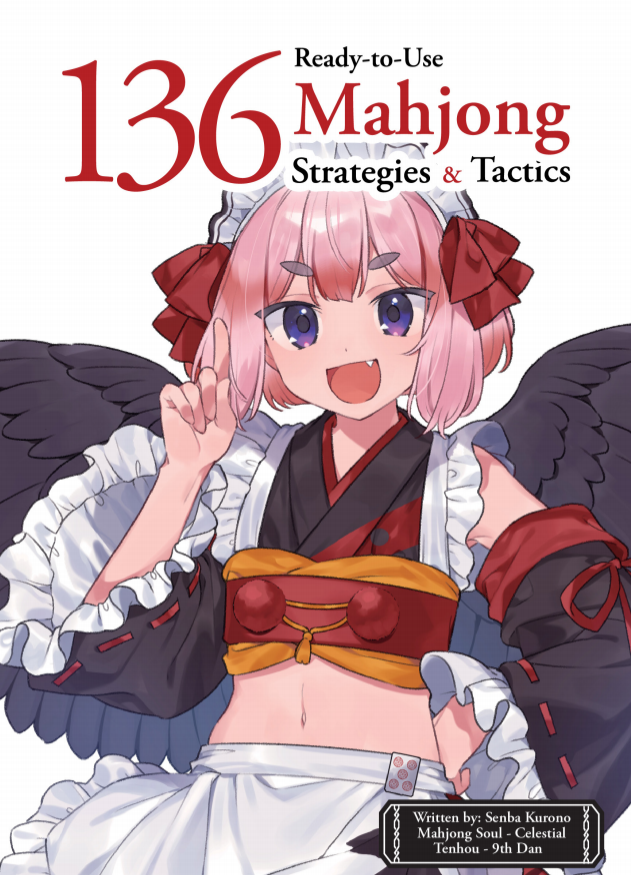I inevitably got hooked on Konami medal games for a week - 1 - Intro and Bingo
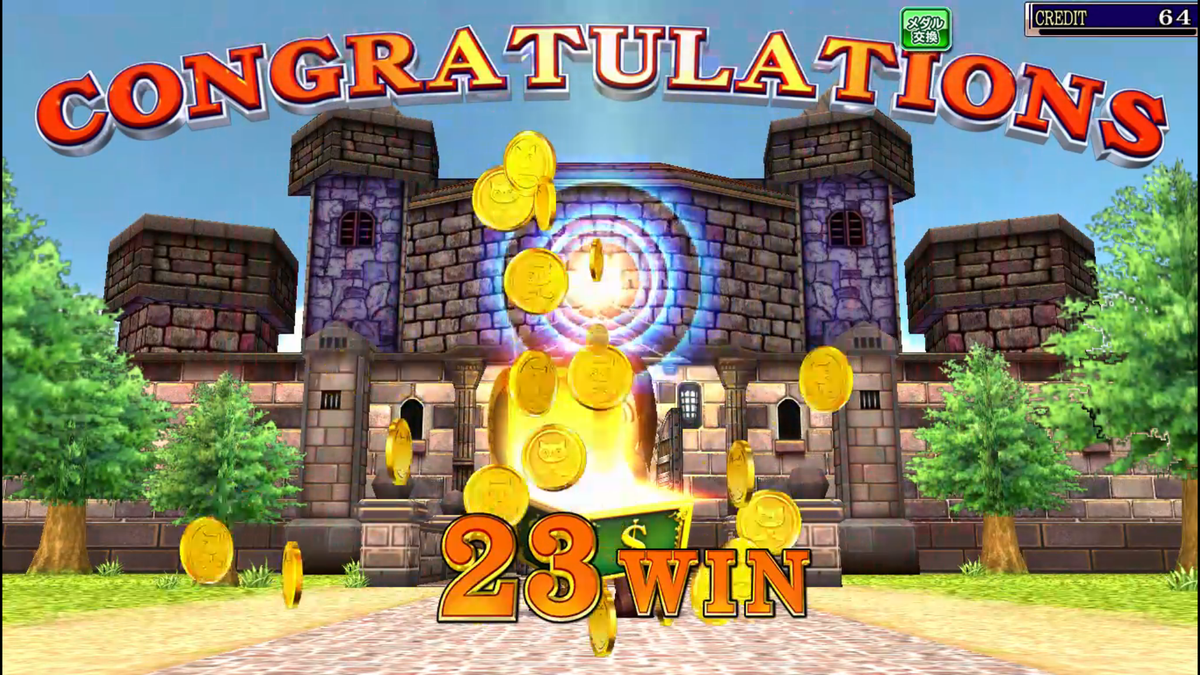
(This ran quite long so I decided to split it into two pieces: one is a general introduction to the concept, and the other is about the various bingo games I played.)
Recently I got hooked on watching a Youtuber play various Japanese medal games— fake money gambling games with no actual prize— and as these things inevitably go, I started to miss them and got hooked myself. See my coverage of this subject from about six years ago on the old Medium for a lot of high-quality pictures of the machines taken at the source.
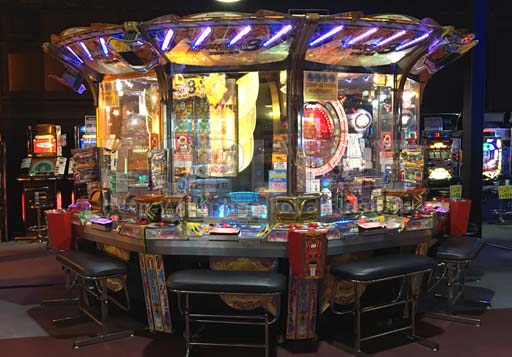
As that video demonstrates, you can’t really replace sitting down at a medal game in Japan; it usually involves some shocking, massive contraption that seats 8 and features all kinds of physical bells and whistles for bonus games and big jackpots. Like pinball. From waves of coins slowly cascading downwards to plastic balls circling in a plate like that scene in Kaiji, it’s about physical appeal. The attendants at a medal arcade wear gloves, because contact with hundreds of jangling, rustling coins will leave your hands grey with the microscopic soot they leave behind. Again, it’s a physical experience.

But there are digital versions of these games that adapt all the medals and wheels and balls and other doohickeys into polygons. There had to be, after COVID happened. In the wake of the pandemic, Konami whipped up streaming video versions of many of its arcade games under the “Konasute” (Konami Station) label, including medal monstrosities like Fortune Trinity, Grand Cross, and Anima Lotta. You generally don’t get to play these games without getting on a plane to Japan, but obviously Konami’s arcade business got slammed during the pandemic years and they were quick to find a solution. (You will note all these games have 2021 or 2022 copyright dates.) Surprisingly— and well known to rhythm game enthusiasts, I should note— these games don’t block foreigners and are pretty easy to set up, pay for, and play.
“Pay” is the catch: these are still arcade games, and they charge like arcade games. As medal games are basically designed for old folks to burn away an afternoon with 1000 yen with change to spare, they are pretty cheap. However, the “real” arcade games such as Mahjong Fight Club (of course I played Mahjong Fight Club) charge as aggressively as the real thing: I only played three disappointing games at about 300 yen each.
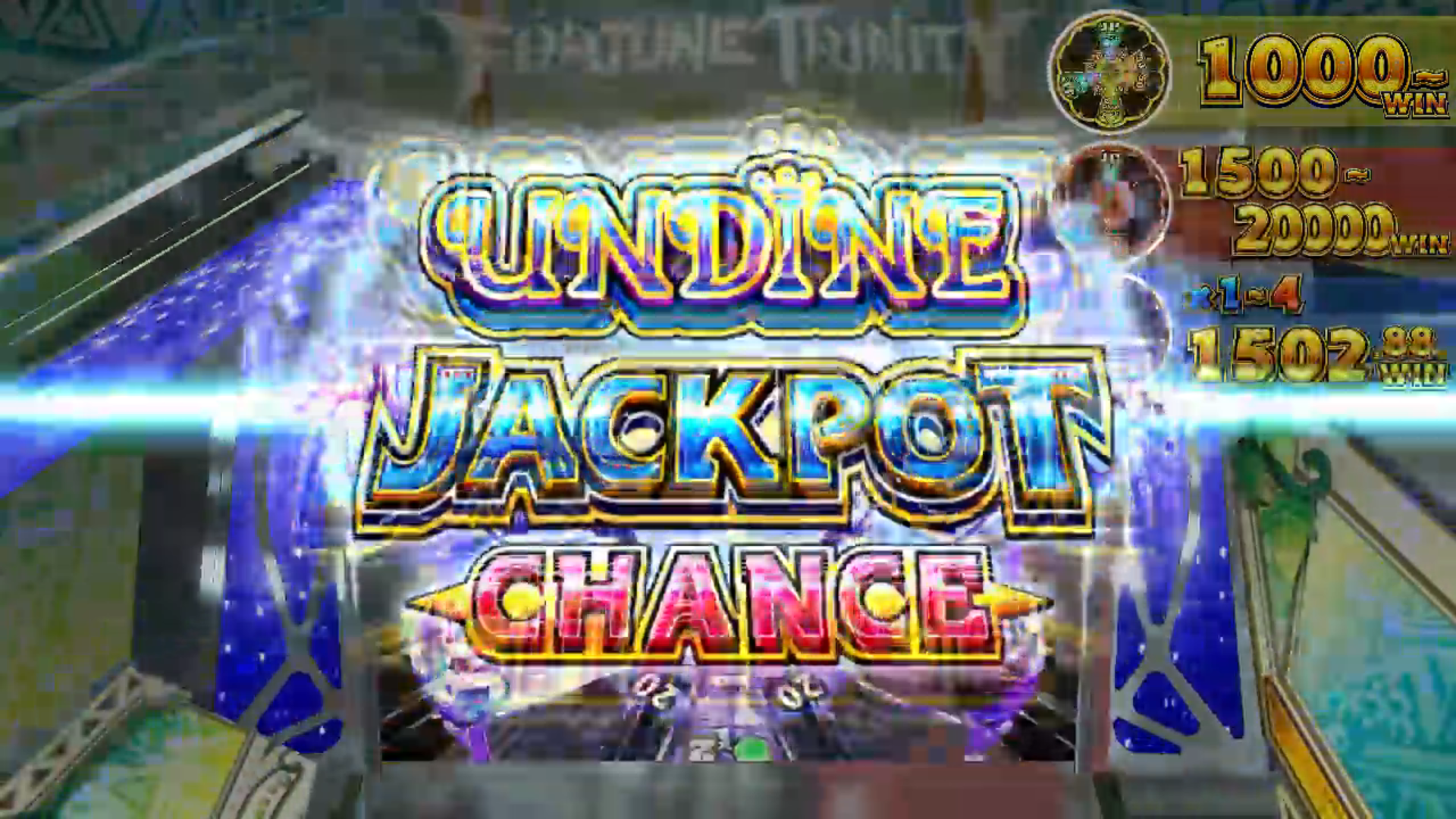
The other catch is of course streaming video itself. Though these genres do not exactly call for 4K clarity or lightning reflexes— bingo, coin pushers, and a dungeon RPG— streaming video is definitely a bottom-shelf way to experience any game. Picture quality is fuzzy at best, entire sections of the screen go corrupt, and there’s an input lag of about a half-second. The only reason you would play these games this way is if you had no other means. And I’m region-locked out of the iOS versions of these games, so yes, I’m the guy who has no other means!
Note that I’m playing from America to Japan: I’ve seen videos of Japanese players playing Konasute games with significantly better picture quality, so these issues might be a symptom of distance. Also, the rhythm games aren’t done via video, as introducing that kind of lag would fundamentally destroy these games.
The Gamesoft Robo Fun Club is a solo labor of love that depends entirely on paid subscriptions from readers to exist. If you enjoyed this piece and you'd like to see more, I'd love to see you become a regular or paid subscriber. Paid subscribers get exclusive posts. Thanks for reading the pitch and hope to see you subscribe!

The element most of these games share versus conventional gambling machines is the idea of long-term progress between games, designed to keep arcade patrons on for marathon sessions. The Konasute games save your game state between sessions, even for the slots, and generally there is some kind of massive long-term jackpot chance hidden behind a lot of normal play. Many of these games take so long to win— Japanese slots are basically designed for you to spend several hours on a single machine— that you need to save by necessity!
Of course, the deviousness of long-term progress in a gambling game is that you have to keep dumping money until the real jackpot shows up, and that’s how every single one of these games is structured. Walking out while you’re ahead is made unnatural, impolite even. You’re leaving beacause you’re 300 medals up? That’s not the point of these games; the point is to zero out! You didn’t even get your Ifrit Jackpot!
Bingo
The real Japanese medal game experience is sitting back at a bingo or horse racing machine with a drink, and just relaxing. Once you hit that bet button, you don’t really need to pay attention anymore. If you won, you won. If you didn’t, you didn’t and a new round is starting up in five seconds. You don’t control the cycle. The cycle controls you.
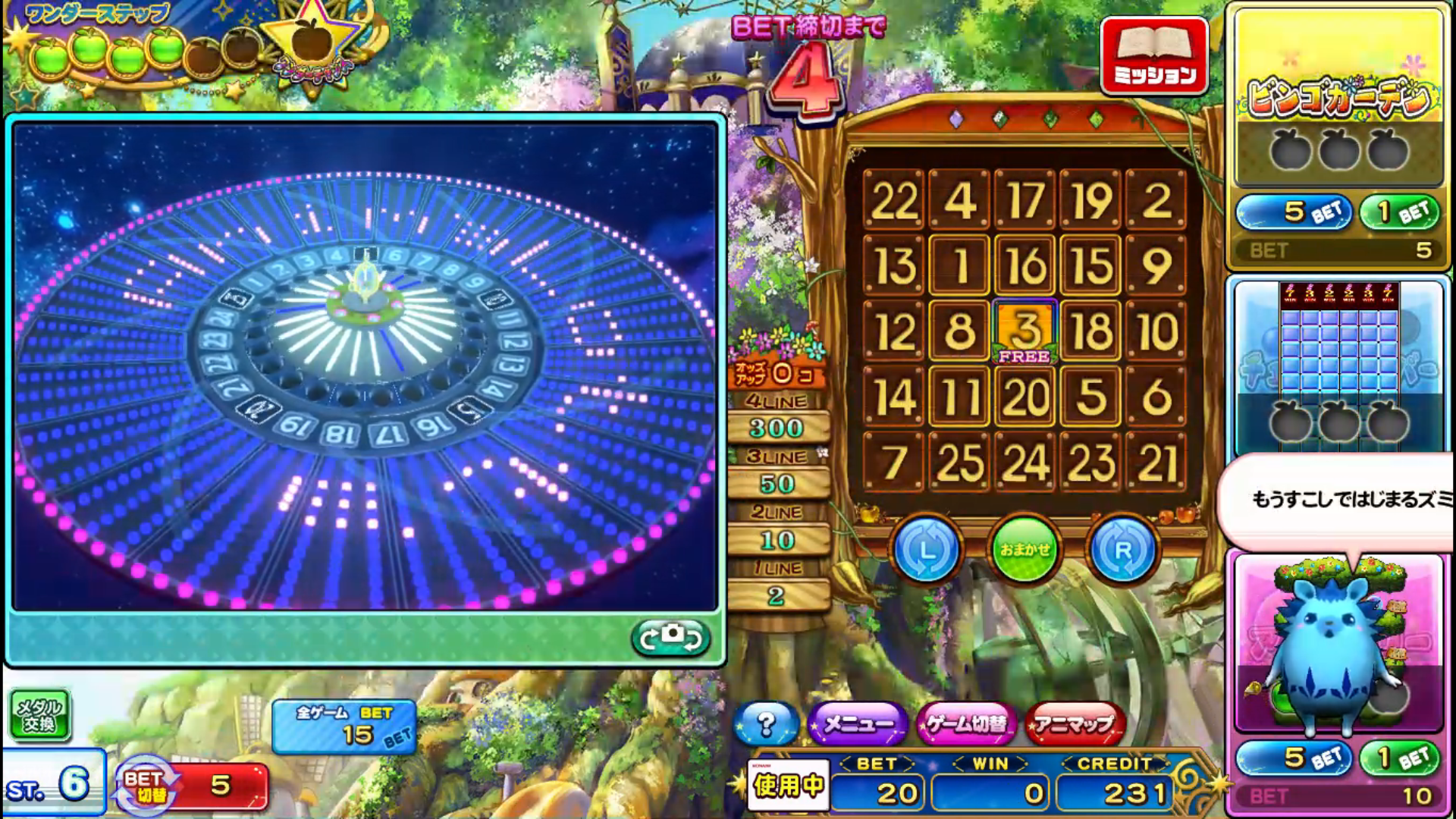
Anima Lotta, which I put the most time into, is a bingo game where the numbers are decided by roulette (in the real game, players sit around a giant physical roulette wheel) and you have three different bingo games to follow while they’re called. One is a traditional bingo card, one is a “puzzle” game screen where the numbered blocks explode when called, and the last is a weird little game where the called numbers become ladders for a little guy to climb up a tree. That last game carries over progress from game to game, with its bet and jackpot increasing as you climb.
This game is designed to have an extremely gentle curve: you can stay at net zero for hours, neither winning nor losing big. Like I said earlier, you can watch the bingo card like a hawk– and for a brief moment spin some of the squares so you get a better chance at winning— but that’s about all the control there is in the entire game. If you want to watch one of the other games, just click it. The prizes are big but the odds are abysmal, and the typical payout is about as much as you put in. Anima Lotta is about zoning out.
After filling up an apple gauge— which, I’ll tell you now, took multiple sittings and a couple of hours— you get a super bingo which, at best, only gives you a chance at the game’s real jackpot. I didn’t make it that far.
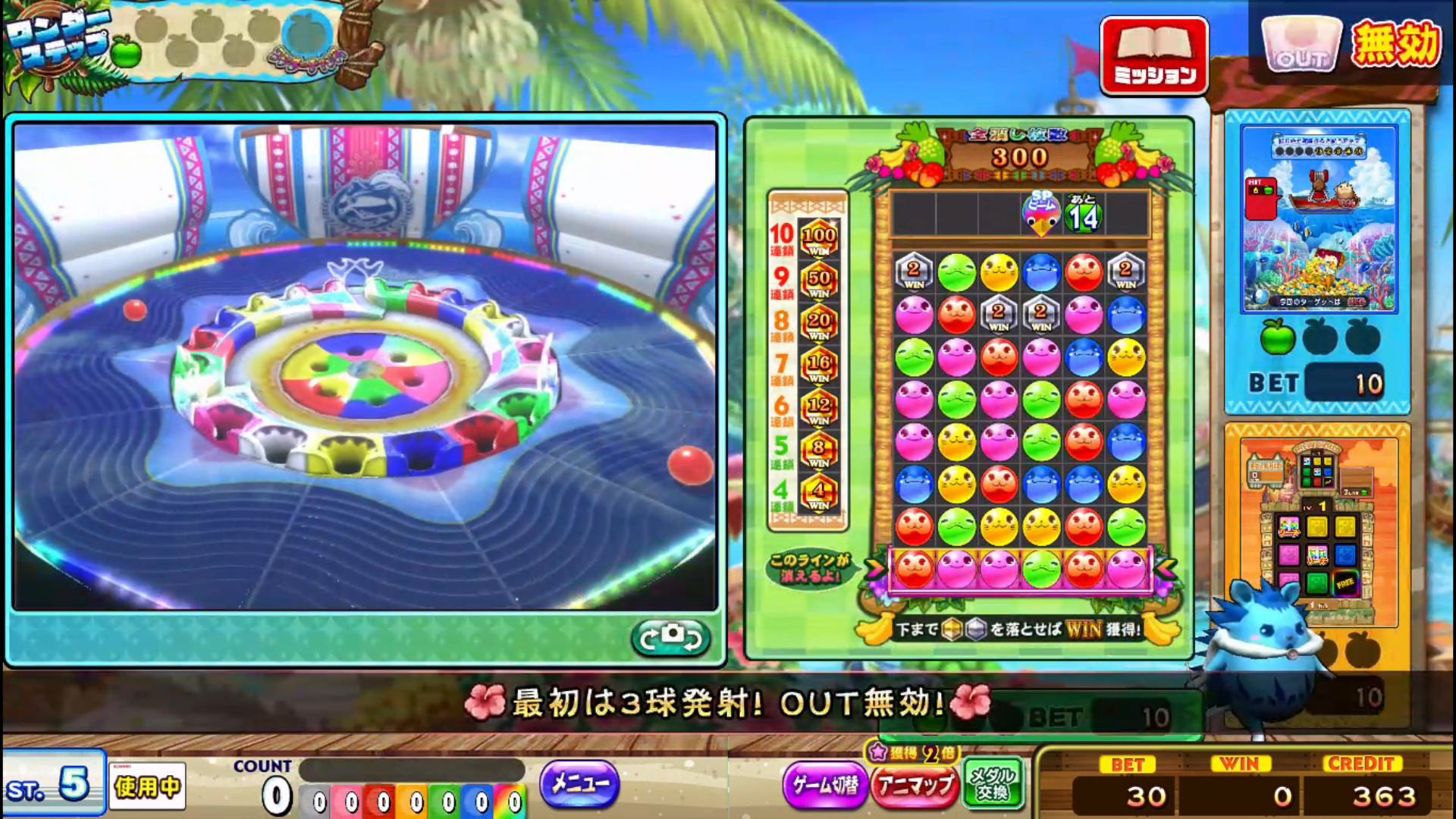
I played the predecessor title, Color Colotta, many years ago in the back of Akiba Leisure Land. The only other guy at the machine was fuming on the other side. I didn’t know what I was doing at the time, but after a couple of hours of Color Colotta, I kind of understand where he was coming from.
Here are some dudes hollering at a Color Colatta until they actually BEAT one of the games, in 40 rounds.
Anima Lotta is the easy-going bingo, and Color Colotta introduces some real, deadly risk/reward. Anima Lotta has a set amount of balls the game will launch, and then it ends. Color Colotta, on the other hand, will go on forever provided the ball never hits the OUT pocket on the roulette. If it does— barring some last-chance games— the game ends instantly. The games are of course designed to pay out more the longer they go, so you can get on a roll in Color Colotta or you can lose your credits in the second round. It’s riskier and certainly much more frustrating, but that means it's more exciting when things go right.
The bonus round, a board game in which you will never go the way you want to, is miserable. The round is called WONDER CHANCE between all these games and you always get to hear the WONDER CHANCE song even when you get nothing. So this is kind of the theme song of losing. My favorite detail in this game, which you can overhear in this video, is that the MC "calling" the game changes the longer you win.
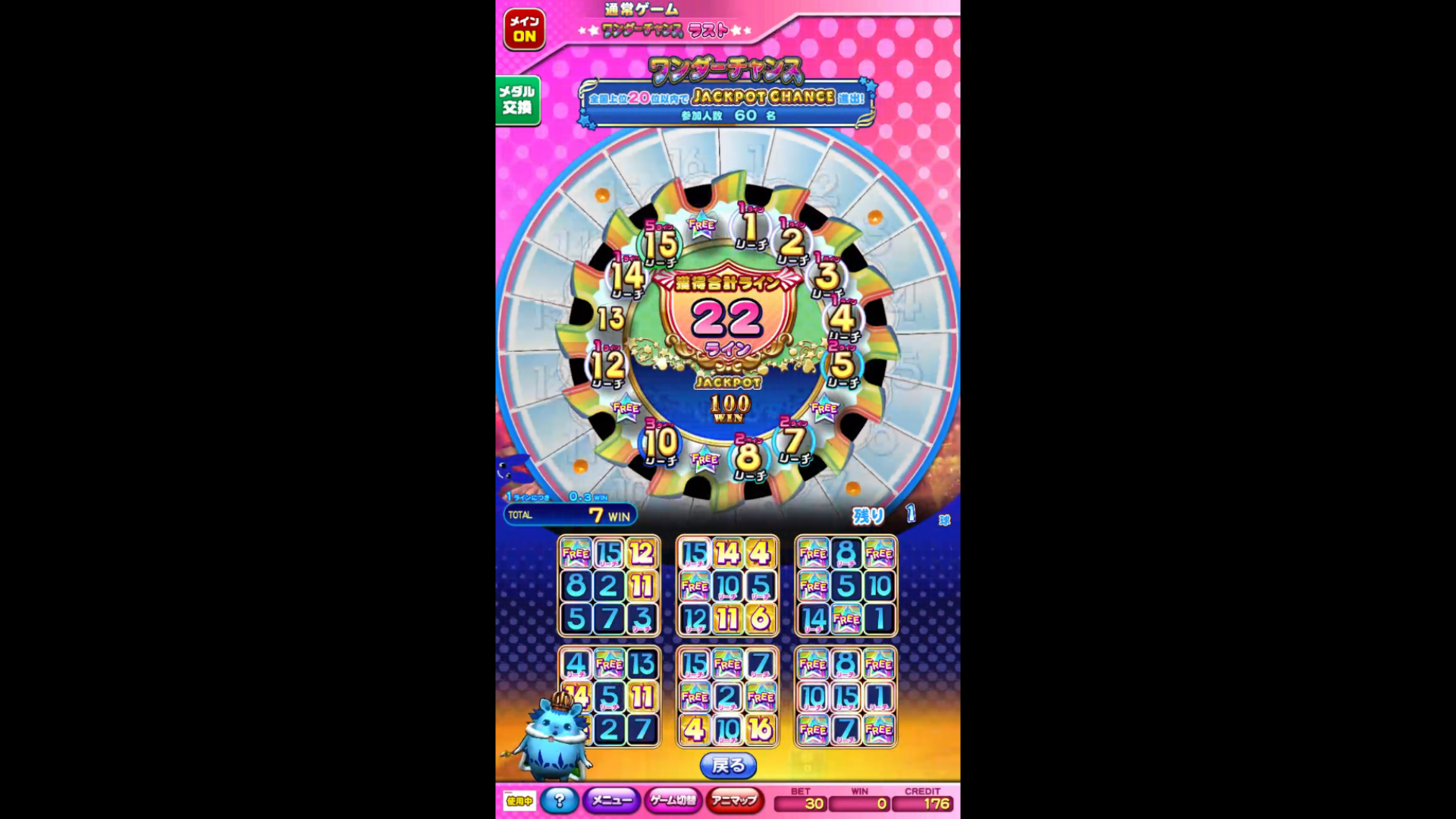
Tsunaga Lotta I almost didn’t notice, and after playing it I kind of wish I hadn’t. This variant of Anima Lotta has an online gimmick that makes the whole game a lot less fun by splitting potential jackpots among even more players per session. The games are basically the same as Anima Lotta, so I’m going to skip to my bonus round experience: imagine reaching the bonus stage, a barrage of bingo cards, and knocking out twenty-some of them. This is the bar, you are told, to advance to the jackpot stage. In the jackpot stage you are told, actually, the best 20 players all got 40+ bingo cards. You are last place; here are four consolation medals.
Color Colatta is my winner in this genre. I learned that I need a little risk, even if it bankrupts me.
Next part will be on the coin pushers, the dungeon RPGs, the horse game, and all the category: miscellaneous" stuff I played! It's subscriber-only, so if you enjoyed this consider subbing to the newsletter!



